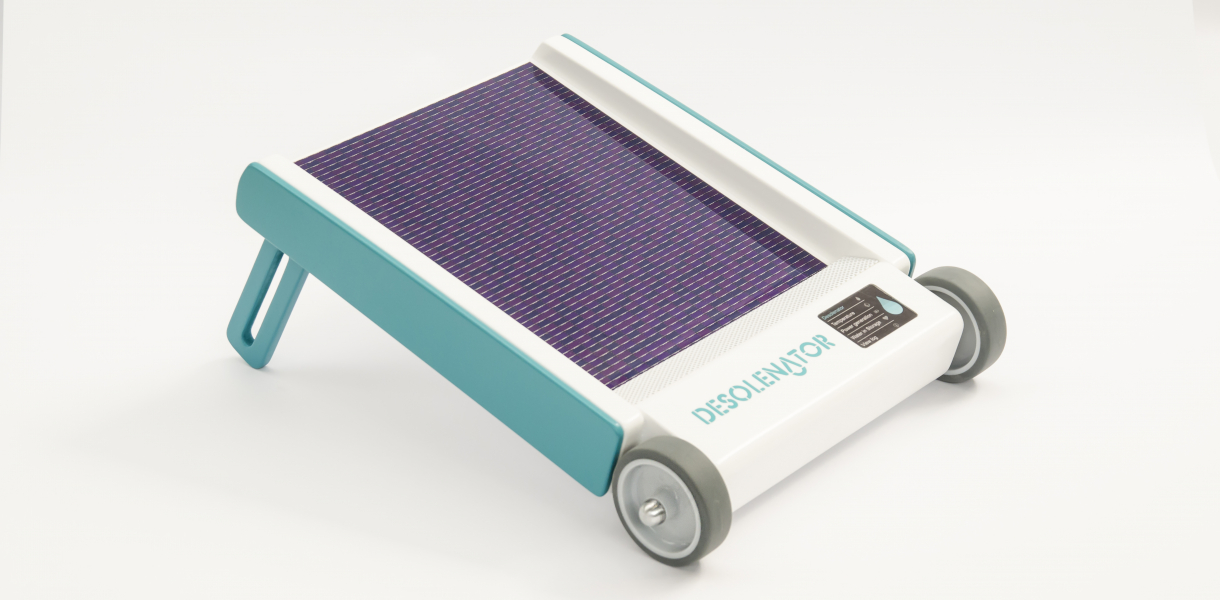Bringing professional eye care to remote areas without compromising quality, Peek Retina is a part of the Peek portable eye examination kit that uses apps and a simple adapter to allow almost anyone to perform high-quality eye examinations. The photographs taken using the Peek Retina adapter enable users to look inside the eye to identify problems, leading to timely diagnosis for treatment and thus prevention of disabling eye conditions and blindness.
In Kenya, more people have access to a mobile phone than to clean running water, therefore Peek Retina taps into an existing channel to reach a significantly larger group than current health care distribution methods. Simply fix the adapter over the smartphone camera, point, and shoot. Used in combination with the Peek app, the image taken shows a high-quality image of the retina, which can then be examined for irregularities including cataracts, signs of glaucoma, macular degeneration, diabetic retinopathy and symptoms of nerve disease. Using cross-culturally recognisable symbols, the Peek app also includes several other simple eye care tests to analyse a patients’ vision further. Once exams are complete, the patients’ information is securely stored and if necessary, shared with off-site professionals for further diagnosis. The patient can then be referred to receive timely treatment.
Peek Retina is much easier to use than traditional ophthalmoscopes making it suitable for a wider group of health care workers, including regional and remote healthcare workers, accident and emergency staff, medical students, general practitioners (GPs), family doctors, nurses, consultants, optometrists, orthoptists, ophthalmologists and even vets.
Facts about the Global Challenge
- According to the World Health Organization (WHO), there are currently 285 million visually impaired people in the world. However, four out of five people who are blind do not need to be; they are visually impaired because they did not receive treatment for diseases that are easily preventable and curable.
- Eye conditions are primarily due to the level and distribution of health care - around 90 per cent of visually impaired people live in low-income and middle-income nations where access to preventive care education, curative services and quality rehabilitation is not yet universally available.
- Impaired vision does not only affect the individual but also contributes to the level of poverty in several communities. According to WHO, around 28 per cent of people living with moderate and severe visual impairment are in their working years, meaning many families are often without financial support.
INDEX: AWARD 2015 WINNER - PEEK RETINA (HD) from The Index Project on Vimeo.




